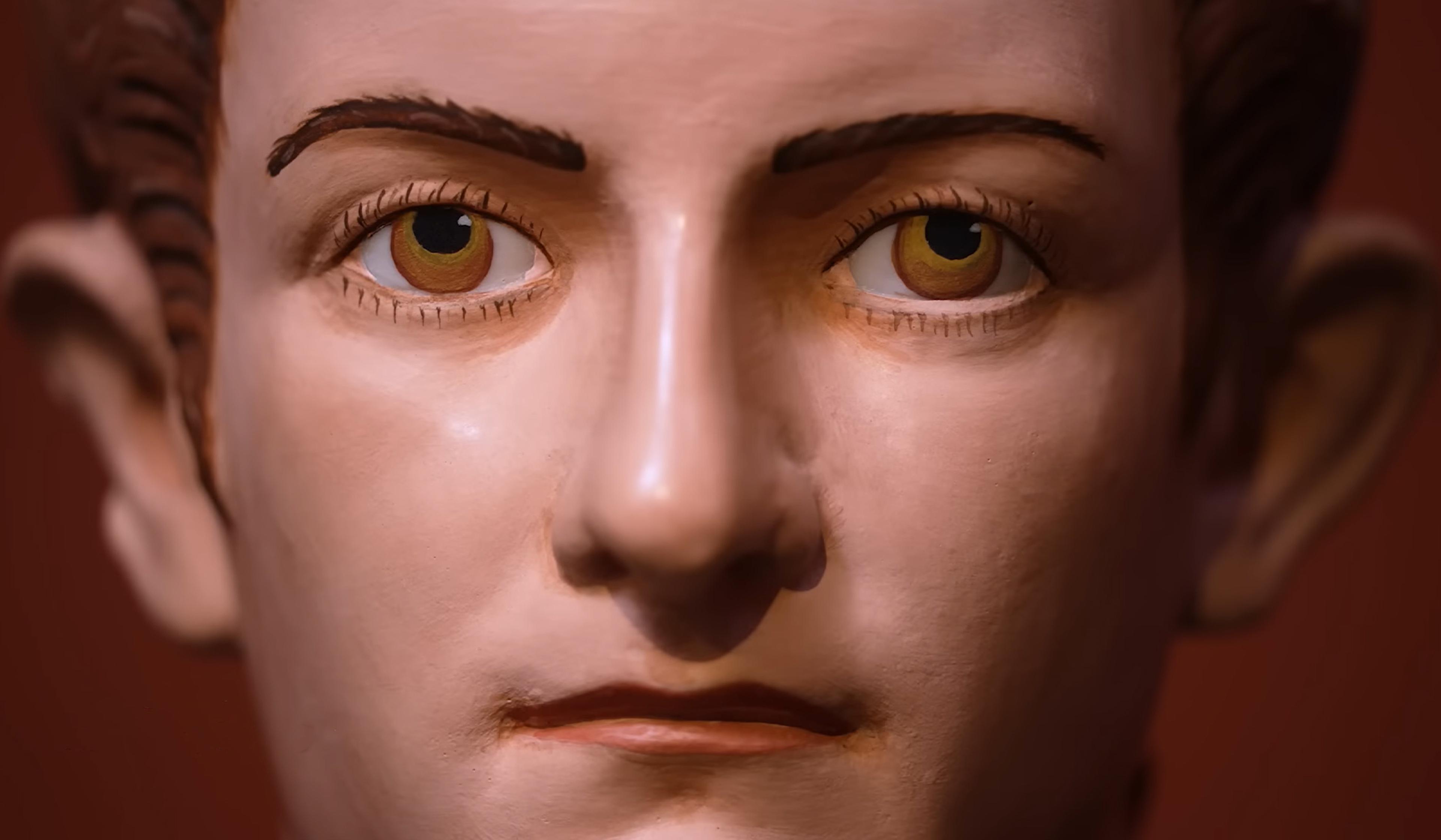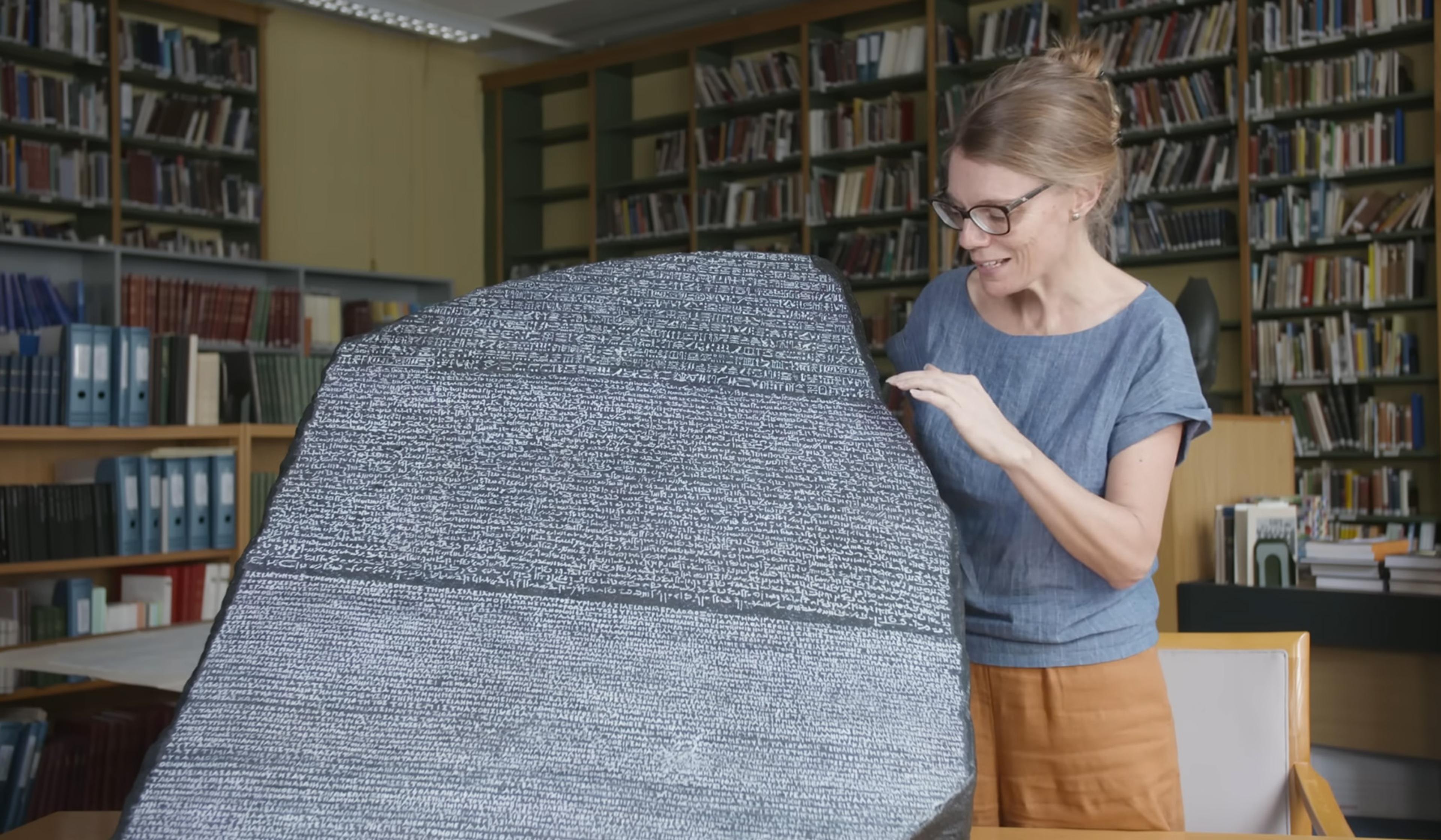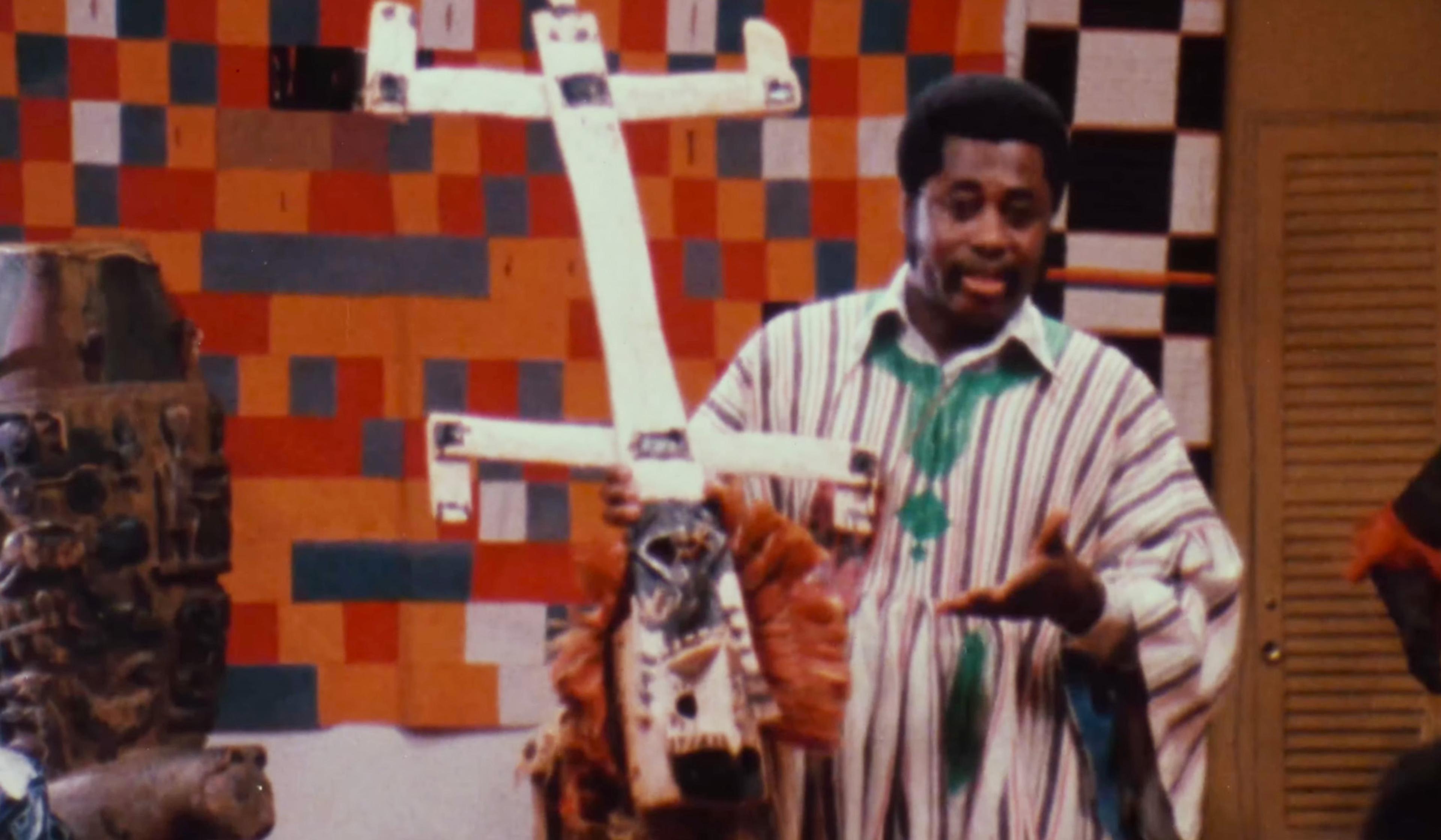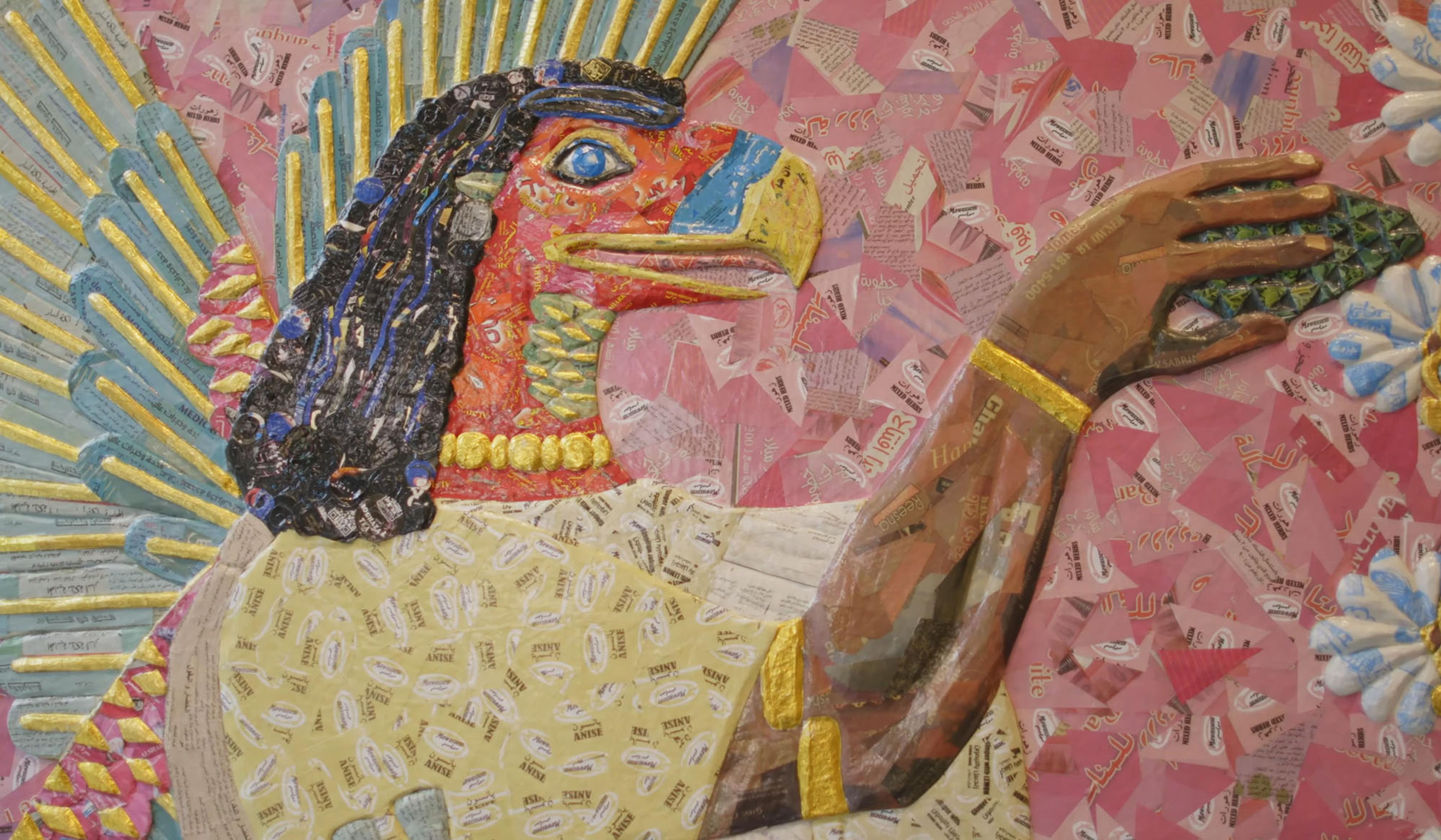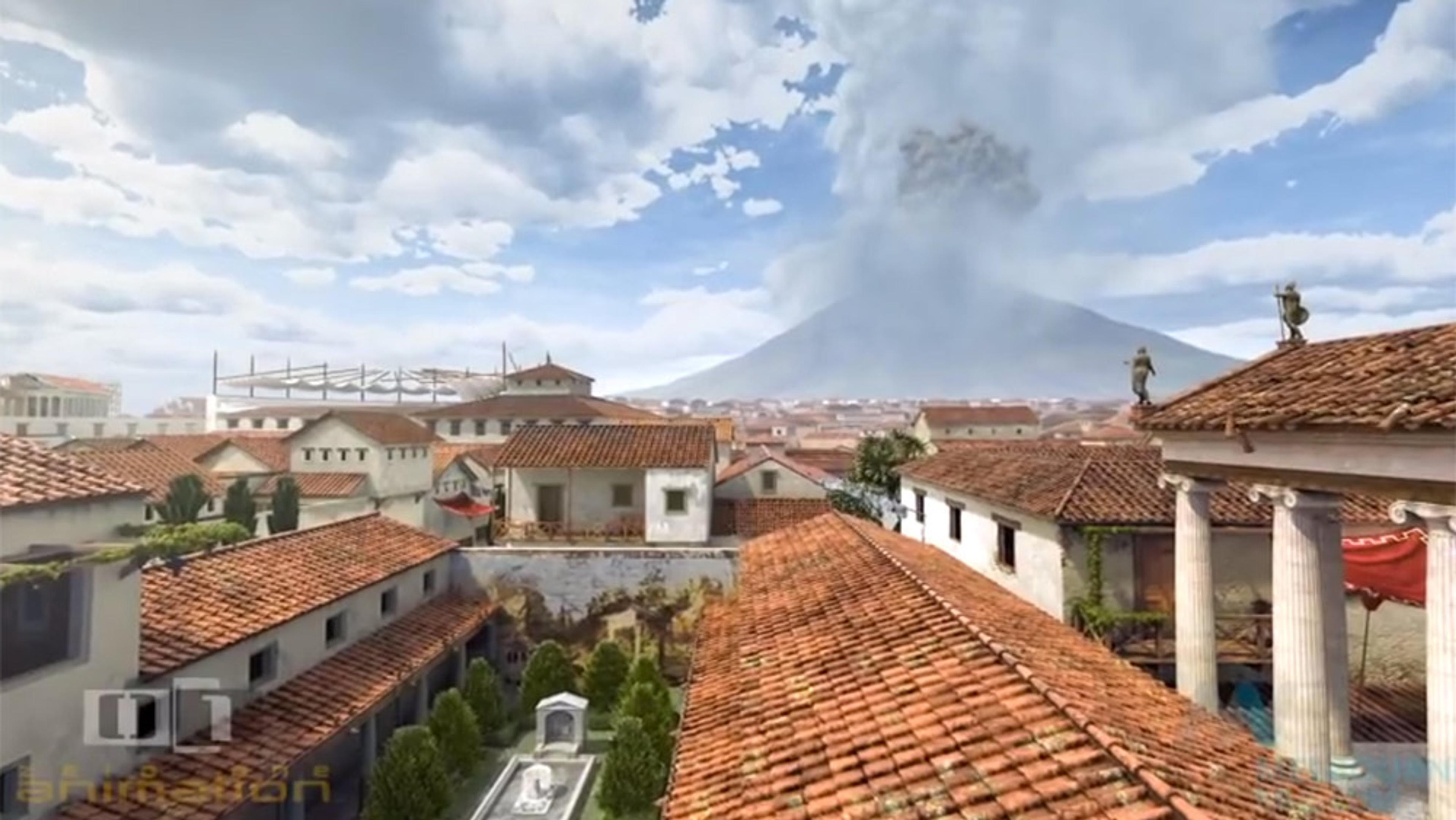‘So, with imperious hand, fortune turns the wheel of change.’
The funerary paintings known as the ‘Fayum portraits’ are named for the Egyptian desert oasis region of Fayum, just west of the Nile, in which many of them have been found. Painted on the outskirts of the Roman Empire as it began to decline in the first centuries CE, these stark and hauntingly lifelike images were fashioned while their subjects were alive, and placed over their mummified bodies upon burial. Depicting diverse people of mostly modest means – including Greeks, Jews, Syrians and Roman bureaucrats – the portraits reveal the region as both a colonial outpost and a cultural melting pot, where outsiders adopted Egyptian cultural and religious practices, including mummified burial, as their own. Produced for an 1988 exhibition of Fayum portraits at the Metropolitan Museum of Art in New York City, this short film pairs the paintings with excerpts from contemporary religious texts, dispatches from those living in Fayum at the time, and the guidance of the US art historian Richard Brilliant. The result is a rich window into daily life – and death – amid the fall of Rome.

